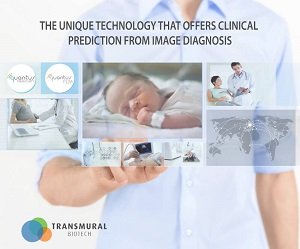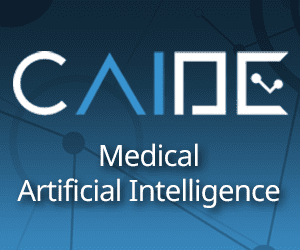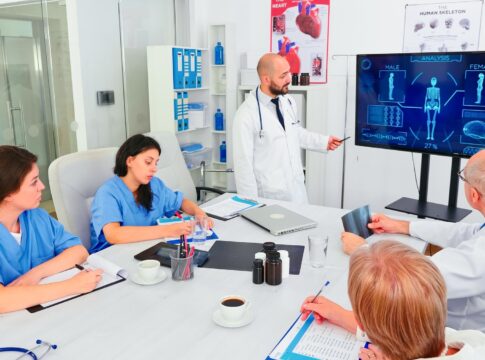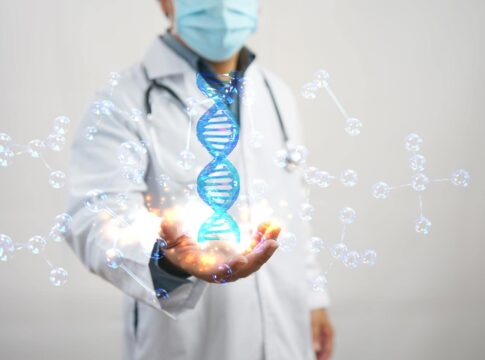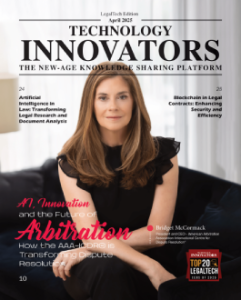Biosensors and wearable devices are playing a significant role in monitoring health and vital signs, allowing individuals to track and manage their well-being in real-time. These technologies offer a range of applications, from fitness tracking to chronic disease management. Here are some key aspects of biosensors and wearable devices in healthcare:
- Vital Sign Monitoring: Biosensors and wearable devices can monitor various vital signs, such as heart rate, blood pressure, respiratory rate, body temperature, and oxygen saturation. These devices use sensors to collect data non-invasively or minimally invasively, providing continuous or periodic measurements. Monitoring vital signs in real-time can help individuals detect abnormalities, track their overall health, and provide valuable information for healthcare professionals.
- Activity and Fitness Tracking: Wearable devices, such as fitness trackers, smartwatches, and activity monitors, enable individuals to track their physical activity levels, steps taken, calories burned, and sleep patterns. They provide insights into daily activity goals, sedentary behavior, and sleep quality. This information encourages individuals to engage in a more active and healthier lifestyle, leading to improved fitness and well-being.
- Continuous Glucose Monitoring: For individuals with diabetes, continuous glucose monitoring (CGM) systems offer a non-invasive way to monitor blood glucose levels continuously. These devices use sensors to measure glucose levels in interstitial fluid, eliminating the need for frequent fingerstick testing. CGM systems provide real-time data, alerts for high or low glucose levels, and trends over time, allowing for better diabetes management and reducing the risk of complications.
- Remote Patient Monitoring: Biosensors and wearable devices enable remote patient monitoring, particularly for individuals with chronic conditions or those recovering from surgery or illness. These devices transmit data to healthcare providers, allowing for remote tracking of vital signs, medication adherence, and symptom management. Remote patient monitoring can help identify early warning signs, prevent hospital readmissions, and improve patient outcomes.
- Stress and Emotional Monitoring: Some wearable devices incorporate sensors and algorithms to monitor indicators of stress and emotional well-being, such as heart rate variability, skin conductance, and sleep patterns. By tracking these parameters, individuals can gain insights into their stress levels, identify triggers, and practice stress management techniques. This information can be useful for managing conditions like anxiety and improving overall mental health.
- Fall Detection and Safety Alerts: Wearable devices equipped with motion sensors and accelerometers can detect falls and send alerts to caregivers or emergency services. This is particularly beneficial for the elderly or individuals with mobility issues who may be at risk of falls or accidents. Prompt notification allows for timely assistance, potentially reducing the severity of injuries and improving response times in critical situations.
- ECG and Cardiac Monitoring: Advanced wearable devices now incorporate electrocardiogram (ECG) capabilities to monitor heart rhythm and detect arrhythmias. These devices provide individuals with the ability to record and analyze their own ECG readings, enabling early detection of irregularities and facilitating timely medical intervention.
- Integration with Mobile Apps and Health Platforms: Biosensors and wearable devices often integrate with mobile applications and health platforms, providing users with a comprehensive view of their health data. These platforms enable data analysis, trend tracking, goal setting, and personalized health recommendations. Integration with electronic health records (EHRs) allows healthcare professionals to access and review patient-generated data, enabling better-informed medical decisions.
- Advancements in Sensor Technology: Continuous advancements in sensor technology are driving innovation in biosensors and wearable devices. Sensors are becoming smaller, more accurate, and capable of measuring an increasing number of parameters. This opens up possibilities for monitoring additional health markers and expanding the applications of wearable devices in healthcare.
- Empowerment and Self-Management: Biosensors and wearable devices empower individuals to actively participate in their own health management.



